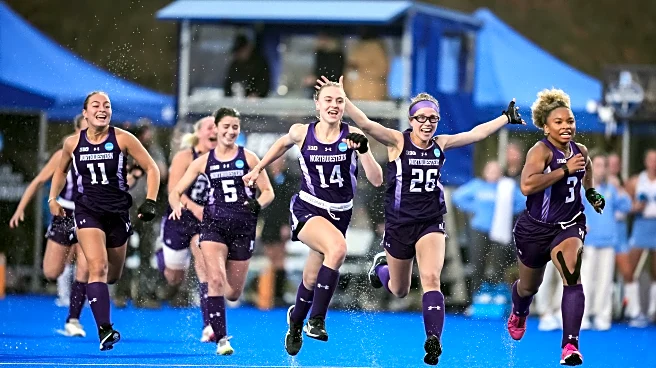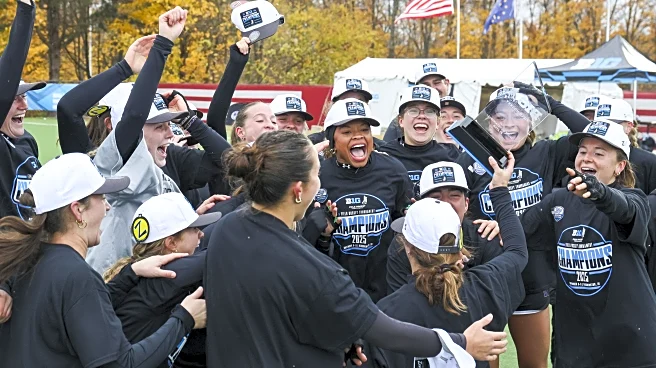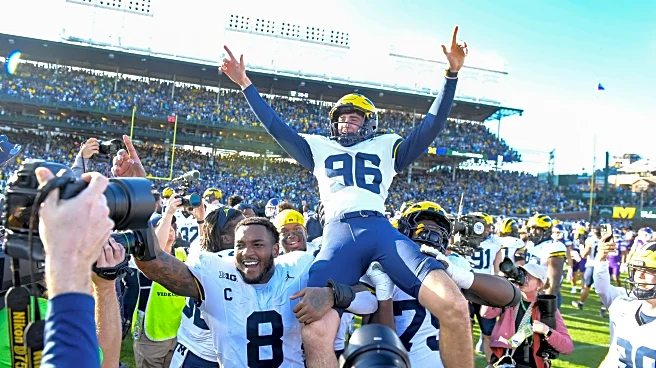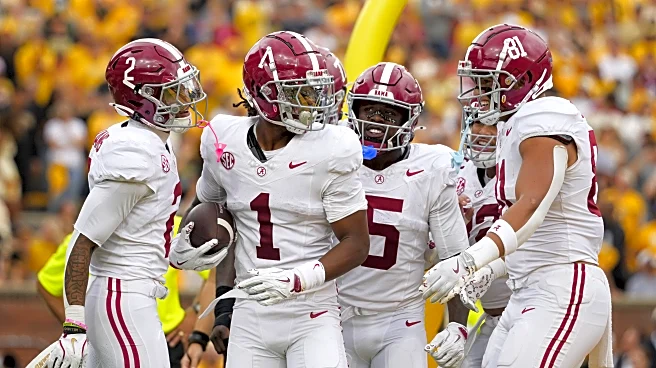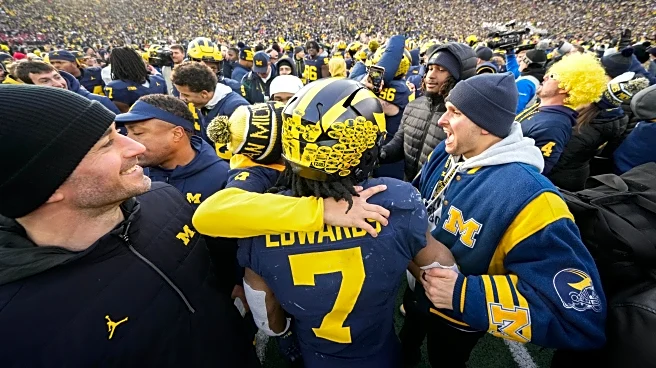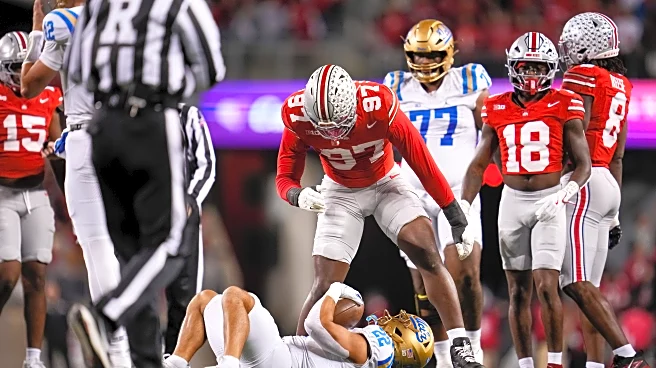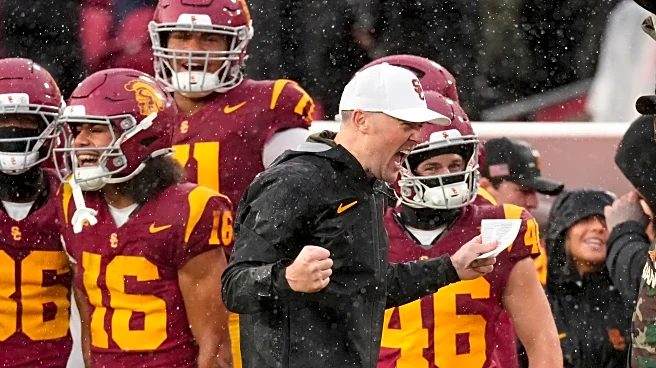Yesterday, Wildcat faithful were treated to a come-from-behind victory in one of the best wins in the Tracey Fuchs era.
However, when looking past the resiliency that drove the 4-3 win, the No. 1 North
Carolina Tar Heels ran a game plan that exposed Northwestern’s biggest flaws — ones that teams like Michigan or Iowa weren’t able to capitalize on in the regular season.
If UNC hadn’t stalled out in the fourth quarter, the Wildcats may very well be boarding their flights back to Evanston prematurely. A Princeton squad that’s proven it can battle until the end in their Final Four contest won’t be as kind to the ‘Cats if they dig themselves another early hole on Sunday.
It’s time to list the “dos and don’ts” for NU in the national title game to take the final step in getting back to the mountaintop.
Convert more corners
Fuchs noted after Friday’s game that Northwestern is successful when its penalty conversion rate rests between 20-25%, which is a justified statement, considering that NU went 2-for-10 on penalty corners.
However, none of those conversions came in the third quarter, when the ‘Cats were awarded five in four minutes and came up empty-handed on every single one.
Quite uncommon for a team that’s usually strong with penalty corners, going into Durham ranked 5th in the nation with 177 attempted tries.
Princeton is just as disciplined as the Tar Heels defensively, allowing minimal penetration into the circle and staying composed under pressure. The ‘Cats will have fewer opportunities on corners Sunday, making set pieces more important for Northwestern to refine.
Teams have found ways to stop Ilse Tromp as a shot taker, oftentimes flying towards Olivia Bent-Cole. Bent-Cole often stops the insertion for Tromp’s drag flick, forcing her to misplay the ball or resulting in a defender blocking the subsequent shot.
Another play teams have keyed in on recently is the Ashley Sessa deflection, as she leaks into the circle and sits to the left of the cage, ready to deflect a pass into the net. Michigan State did a great job at staying patient and letting this specific play develop, eventually jumping into the passing lane to intercept the pass from the top of the circle. Miami (OH) also snuffed this same play out in the NCAA Quarterfinal match.
Fuchs added some variety to NU’s corner offense Friday, with Grace Schulze rotating in as an inserter in the third quarter. It may help if she continues tweaking things in the future — opening up as many scoring options as possible is what makes Northwestern so successful, and doing so on the corner spells victory every time.
Don’t squander opportunities
What bit the ‘Cats for the first 42 minutes of Friday’s game was their miscommunication in the passing game. When Northwestern entered the circle in transition, errant passing was what killed the momentum built by the offense.
A specific play that cost NU at the time was on a 2-against-1 fastbreak, where Sessa missed Bent-Cole on a forward pass that would’ve put her in a 1-on-1 situation with the goalkeeper. Occurrences like this that take potential goals (or corners) off the board will be to the ‘Cats detriment, as they were in the regular season against Princeton.
Harvard’s downfall on Friday was not capitalizing on six missed penalty corners from Princeton and allowing the Tigers to stay in the fight, despite their sloppy play.
Northwestern is prone to doing the same, as it’s been taken into deep waters by Louisville and Maryland in the past. The difference between those programs and Princeton is the defensive unit: the Tigers are much harder to get past compared to any Big Ten team.
Sunday will be low-scoring, and the squad that blinks first will be the one to lose. There’s no margin for error.
No second chances. It’s deliver or perish for Northwestern.
Get in transition
What separates the ‘Cats from many other squads in the nation is their unmatched speed: Sessa, Zimmer, Bent-Cole and Schulze outrun many defenders in the nation. This means that NU, with a numbers advantage on the run, is a scary sight for an opposing goalkeeper. Too many options to track at once, and the quicker they come, the harder the job for whoever’s in the cage.
One of the Wildcats’ biggest strengths is their ability to start fast thanks to their aforementioned speed. Time and time again, we’ve seen Northwestern score within the first minute of the game simply by running the field quicker than its opponents.
Northwestern tried to do so against UNC, not only at the beginning of the game, but at the start of each quarter. Although success was nowhere to be found Friday afternoon, it doesn’t mean that Sunday’s going to yield the same result.
The ‘Cats are at their best when they’re on the move. Bent-Cole’s goal that cut the lead to one at the end of the third quarter was the result of a fastbreak, and so was Schulze’s game-winner.
If it ain’t broke, don’t fix it. Go on the run and apply the pressure.
